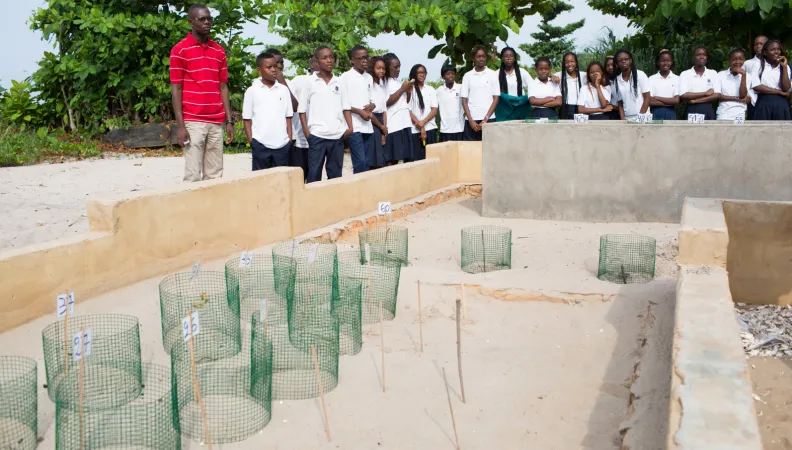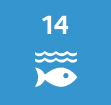Share the page
“Educating to conserve”: improving nature conservation through education (PAPACO)
Project


-
Project start date
-
Status
In progress
-
Estimated date of project termination
-
-
Project financing date
-
-
Financing duration
-
3 years
-
Type of program
-
FFEM
-
Global financing amount
-
€ 2 880 000
-
FFEM financing amount
-
€ 1 400 000
-
Project lead member institution(s)
-
Ministry of the Ecological Transition, Biodiversity, Forests, Sea and Fisheries
-
Country and region
-
Senegal
-
Location
-
Sénégal
-
Type of financing
-
Beneficiaries
-
IUCN-HQ
-
Type of beneficiary
-
International organisation

How can the management of protected areas in Africa be improved? With support from the FFEM, the “Educating to conserve” project strengthens the capabilities of professionals in protected areas while raising awareness among young people to improve the management of these areas.
Context
The 8,700 protected areas identified across the African continent are facing significant challenges: demographic growth, pressure on resources, the effects of climate change. These are compounded by issues in terms of management, with potentially dramatic impacts on both fauna and flora. Faced with this situation, the Programme on African Protected areas & Conservation (Papaco) - run by the International Union for Conservation of Nature (IUCN) - and Senghor University in Egypt have been training protected area professionals since 2009. The “Educating to conserve” project, financed by the FFEM, is part of this process. Its aim is to underpin the creation, adaptation and implementation of tools to develop the capabilities of those actors able to influence African protected areas.
Description
The project has 3 components:
- Creating or reinforcing the capabilities of key players directly involved in the management of protected areas. The objective is to enable them to pursue their profession more effectively and empower them to face up to the evolving pressures bearing on conservation territories.
- Educating and informing those with an indirect influence on these areas: local communities, citizens, researchers, those working in industry, tourism and administrations, etc.
- Raising children’s awareness and providing teachers and educators with teaching tools for environmental education.
Impacts
- Increasing the number of informed people.
- Improving the quality of actions taken in conservation.
Exemplary and innovative characteristic
The “Educating to conserve” project uses online educational and informational technologies to best attain its objectives. It contributes to the preservation of the global environment by educating staff in the protected areas, providing information to their partners and raising awareness among the next generation of the issues facing these territories.
Sustainable Development Goals
ODD14 Life below water



